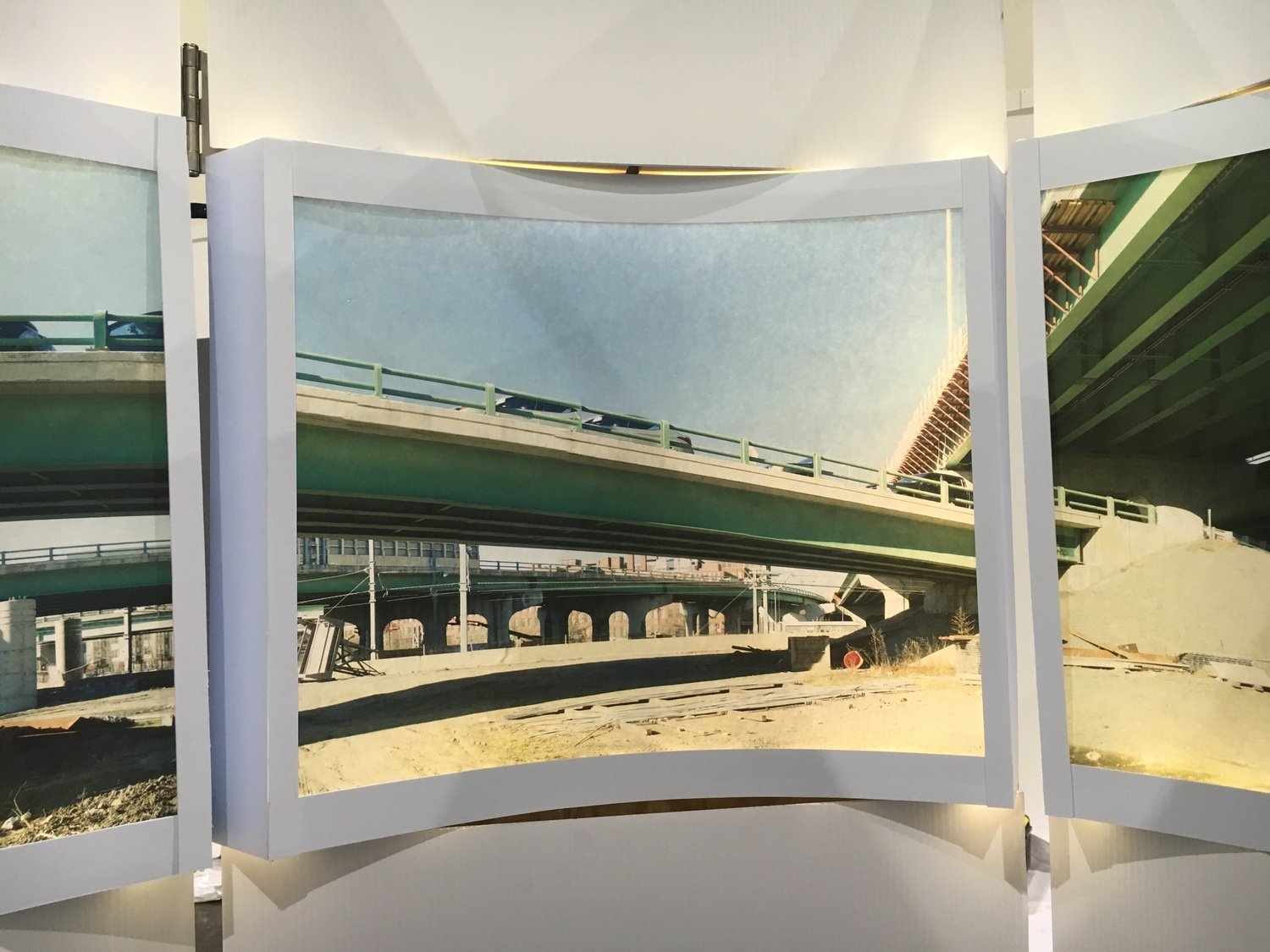MAKING SPACE FOR PEDESTRIANS UNDER I-95
Designing a method for changing perceptions of unloved public spaces through a deep dive into Providence’s Civic Center Interchange
Project: Re-Visions: A Method for Changing Public Perceptions of Unloved Public Spaces
“Cities have always offered anonymity, variety, and conjunction, qualities best basked in by walking: one does not have to go into the bakery or the fortuneteller’s, only to know that one might. A city always contains more than any inhabitant can know, and a great city always makes the unknown and the possible spurs to the imagination.”
-Rebecca Solnit
Challenge
Coming from New York, I noticed that Providence had a distinct lack of pedestrian life. It didn’t take long to realize that local streets had been supplanted by highways, and the geographical heart of the city was dominated by an enormous highway interchange, cutting the city into disconnected quadrants.
"Re-visions" began with a study of the Civic Center Interchange in downtown Providence, Rhode Island. The original idea was to investigate how the barren areas under the highway could be redesigned as a recreational attraction aimed at pedestrians. Over time, the project shifted focus to showcasing the importance of engaging thoughtfully with stakeholders when initiating a large-scale public project.
Approach
I sought to understand why the landscape developed the way it had through primary and secondary research. I conducted interviews with RIDOT employees, public officials, and design professionals. Throughout this process, I sensed deep potential in the area around the interchange, and wanted to create a tool or toolkit that would allow others to see that potential. I experimented with different types of tools, including a coloring book, a card game, and various physical models of the site.
Outcome
The outcome of these experiments was a customizable tool kit of exercises including a coloring book, a co-creation workshop, prompt cards, and ultimately a an interactive booth that encouraged stakeholders to imagine a future beyond the highway interchange.
The booth represents one approach to stakeholder engagement, an immersive experience that requires full physical participation. It features a panoramic image -- taken from an infield under the highway interchange -- and a soundscape, provoking inspiration and conversation about the possibilities the space might hold.













